MARIANI’S
Virtual
Gourmet
SEPTEMBER 22,
2019
NEWSLETTER
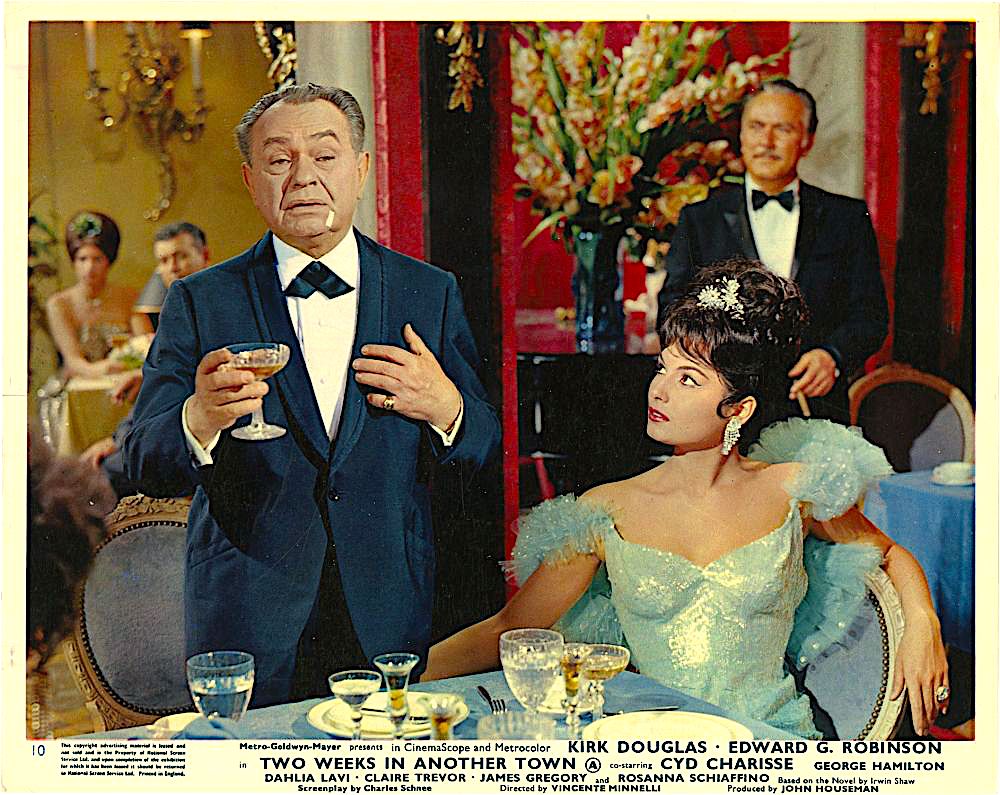
IN THIS ISSUE
COSTA RICA, Part One
By John Mariani
NEW YORK CORNER
COARSE NYC
By John Mariani
NOTES FROM THE WINE CELLAR
SOUTH AUSTRALIA'S HICKINBOTHAM WINES
By John Mariani
❖❖❖
COSTA RICA,
Part One
By John Mariani
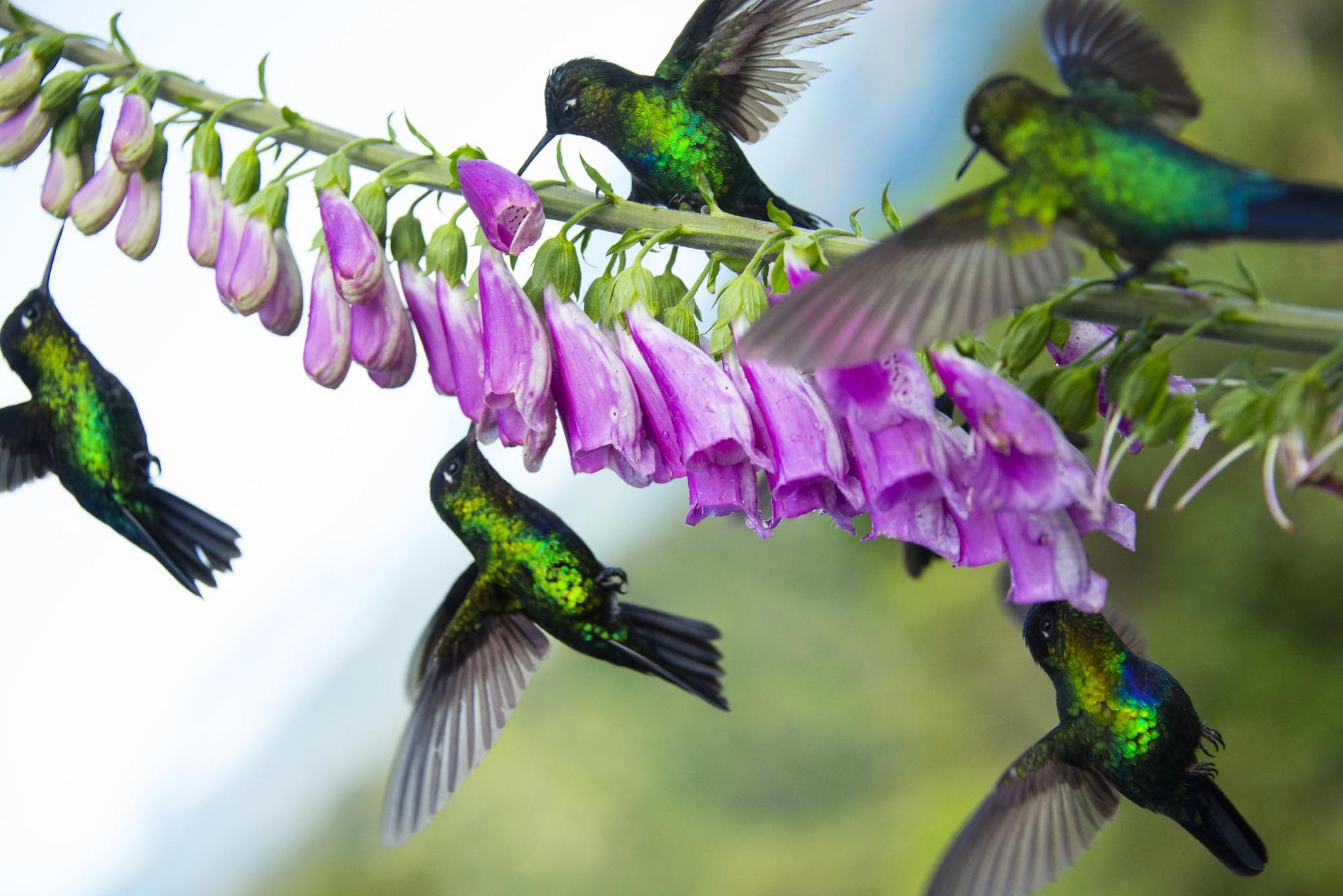
Costa
Ricans have a unique phrase they use to greet you,
bid you goodbye or just pass
along during a conversation, and it is quite
beautiful. They say, “Pura vida,”
which means, “Have a pure
life,” and it is always said with a nod of sincere
friendliness.
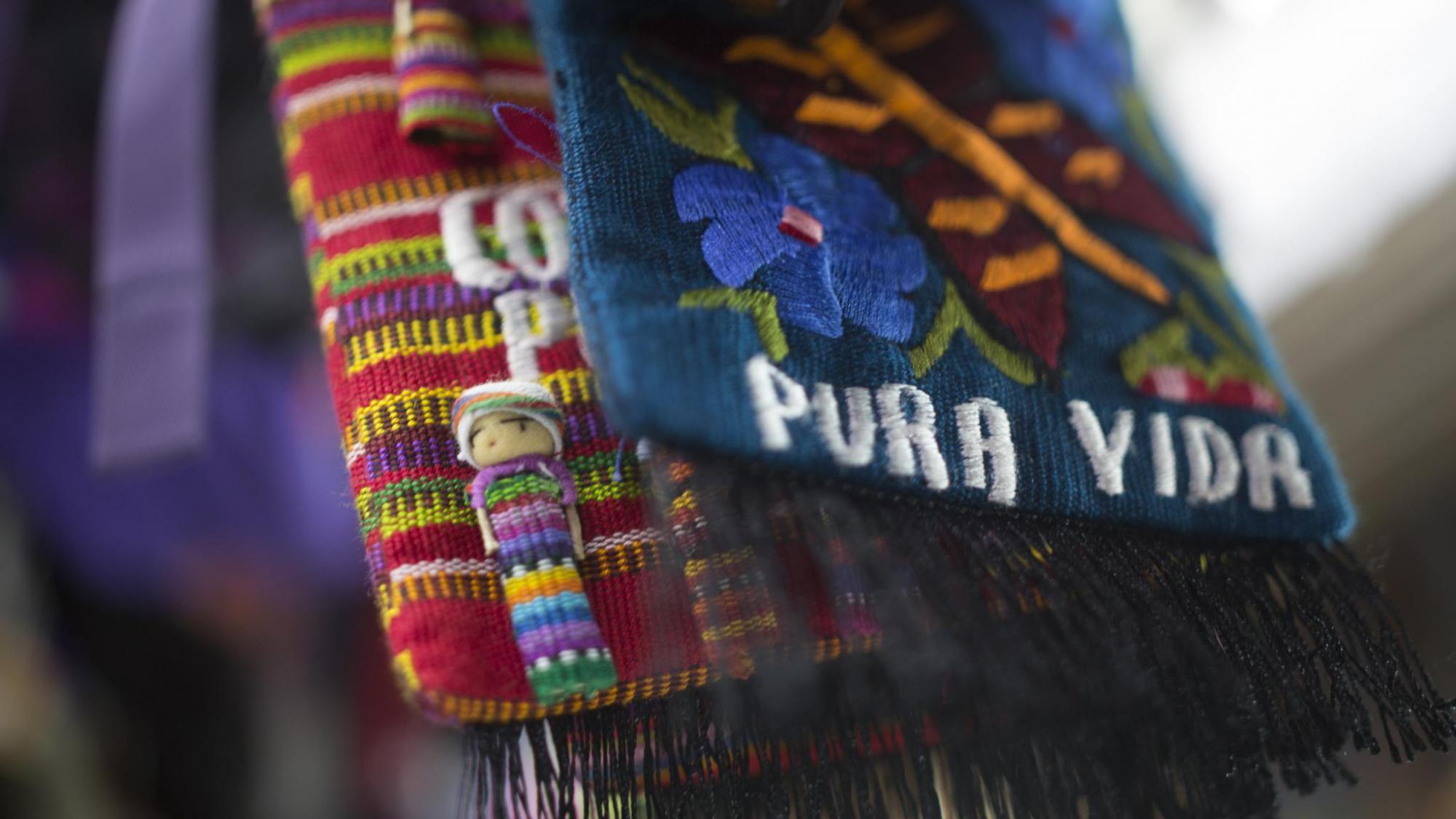 In
many ways pura
vida could be Costa
Rica’s national motto, for at a time when most of
Central America is in crisis,
not only has Costa Rica remained stable for decades
but has achieved almost
complete energy sustainability—not a bad idea for a
country with no oil wells.
For 99% of the year the country runs on green
electricity, taxes are high on
fossil fuels, and by 2021 the country insists it
will be carbon neutral.
In
many ways pura
vida could be Costa
Rica’s national motto, for at a time when most of
Central America is in crisis,
not only has Costa Rica remained stable for decades
but has achieved almost
complete energy sustainability—not a bad idea for a
country with no oil wells.
For 99% of the year the country runs on green
electricity, taxes are high on
fossil fuels, and by 2021 the country insists it
will be carbon neutral.
Its
forests teem with more than 950 species of birds—the
first guide to birds was
not published until the 1990s —and its tropical
climate is extremely diverse,
with micro-climates in volcano-capped valleys and
seashores. In fact, Costa
Rica contains an astonishing 5% of the world’s
biodiversity, with 25% in
protected national parks. Unlike in Brazil and
Argentina, deforestation has
diminished to nearly zero.
One
of the most remarkable aspects of Costa Rica is that
it abolished its military
force in 1948 (the country’s defense has been
guaranteed ever since the U.S.
C.I.A. used it as a base of operations against the
Nicaraguan Contras), when
President José Figueres Ferrer declared, “I don’t
want an army of soldiers, but
an army of educators,” which has
given the people an exceptionally high
literacy rate of 97 percent.
which has
given the people an exceptionally high
literacy rate of 97 percent.
Today its health care system is rated
higher than that of the U.S., and San José’s
Children’s Hospital is ranked as
one of the best in the world.
Though
it
was once a Spanish colony and its architecture
resembles that of other
Central and South American countries, its main
cities of San José and Cartago
(right) are
not so grand as Buenos Aires, Mexico City,
Montevideo, even San Salvador.
(In upcoming articles I’ll be writing about the
nation’s art culture, as well
as its hotels and food.) San José, the capital, is
the largest city, with about
340,000 people and another two million in the
ever-widening metropolitan area.
Costa Rica’s indigenous people survive in eight
tribes, each with its own
language, religion and food, whereas Catholicism
maintains its dominance among
the Latino-derived general populace.
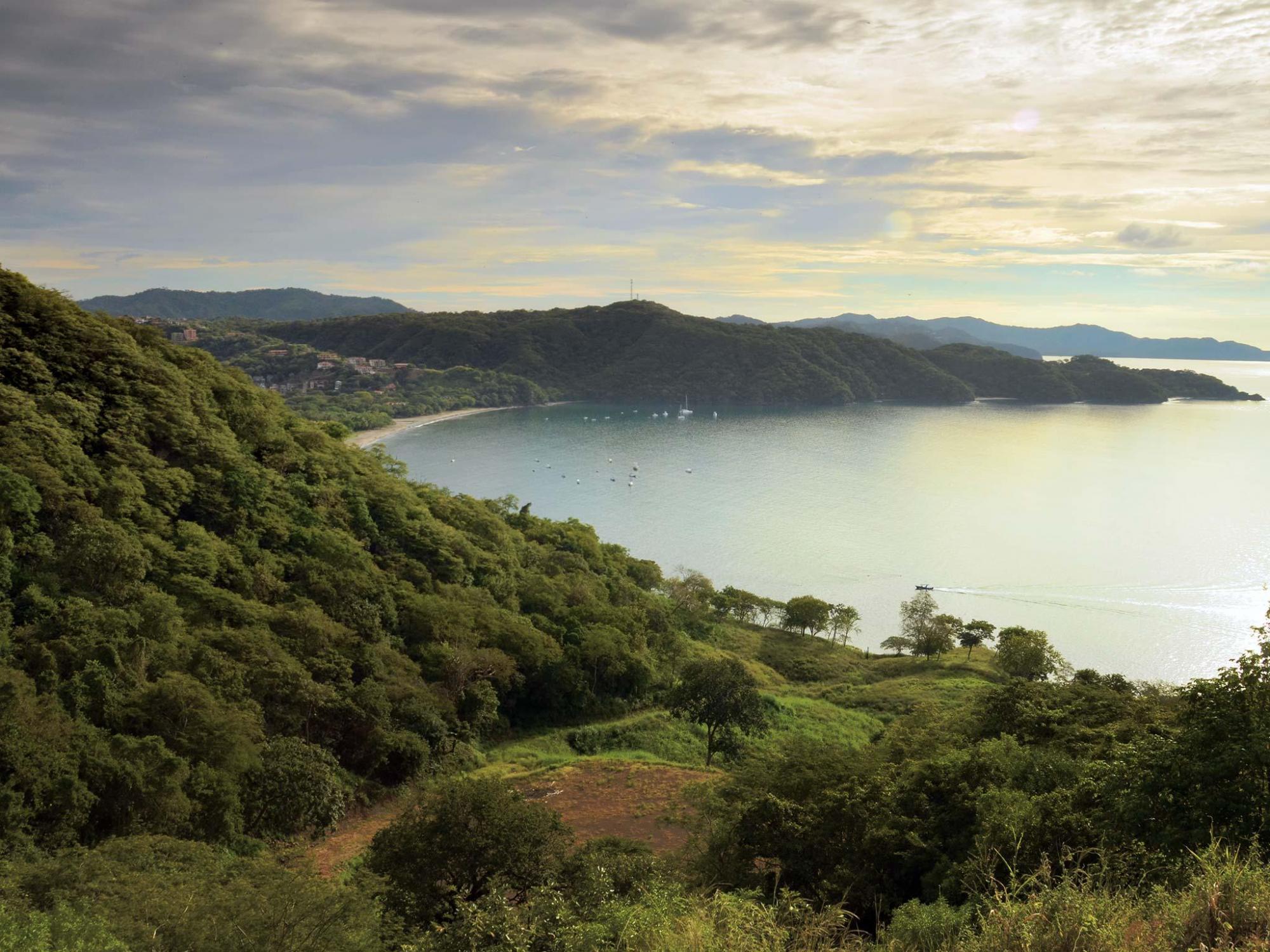 Given
the country’s security, safety and infrastructure,
with two main airports
serviced by 29 airlines and another being built on
the Pacific coast, Costa
Rica is strategically located as a forum for
international business conferences
between North and South America.
According to the World Economic Forum, Costa
Rica is now the regional
leader for connectivity since the opening of the
Moín Container Terminal, where
a railroad to be built by China will link the west
and east coasts, largely
eliminating the need to ship goods by road and
giving easier, less expensive
access to Europe and Asia. (China has also presented
a feasibility study to
Panama for a $4 billion, 250-mile high-speed
rail
line between Panama City and its border with Costa
Rica.)
Given
the country’s security, safety and infrastructure,
with two main airports
serviced by 29 airlines and another being built on
the Pacific coast, Costa
Rica is strategically located as a forum for
international business conferences
between North and South America.
According to the World Economic Forum, Costa
Rica is now the regional
leader for connectivity since the opening of the
Moín Container Terminal, where
a railroad to be built by China will link the west
and east coasts, largely
eliminating the need to ship goods by road and
giving easier, less expensive
access to Europe and Asia. (China has also presented
a feasibility study to
Panama for a $4 billion, 250-mile high-speed
rail
line between Panama City and its border with Costa
Rica.)
Though
Costa Rica used to boast of its low crime rate,
after the 2012 breaking up of
the Zamora crime family, which had used San José as
a conduit for Colombian
cocaine trafficking to the U.S., there has been a
rise in crime caused by the
fragmenting of drug gangs.
The
government has in turn formed a new public plan
“Creating Security” to combat
these warring micro-trafficking groups by increasing
federal and community
collaboration and prioritizing resources toward
prevention and police
operations in high risk areas. Most of San José
remains a safe city.
Oddly
enough, Costa Rica has not seen the same inflow of
immigrants from
dangerous Central American countries whose populace
has been fleeing to the
U.S. in recent years. I asked officials why that has
not occurred in Costa Rica
and was told that such immigrants would not have
access to the kind of jobs
needed to sustain them.
I
also asked several people why so many homes in safe
residential areas in San
José have roofs strung with razor-sharp barbed wire.
The only reason seems to
be that barbed wire is very expensive, so that
arraying it on your roof is a
sign that you are fairly well off.
❖❖❖
By John Mariani
646-896-1404
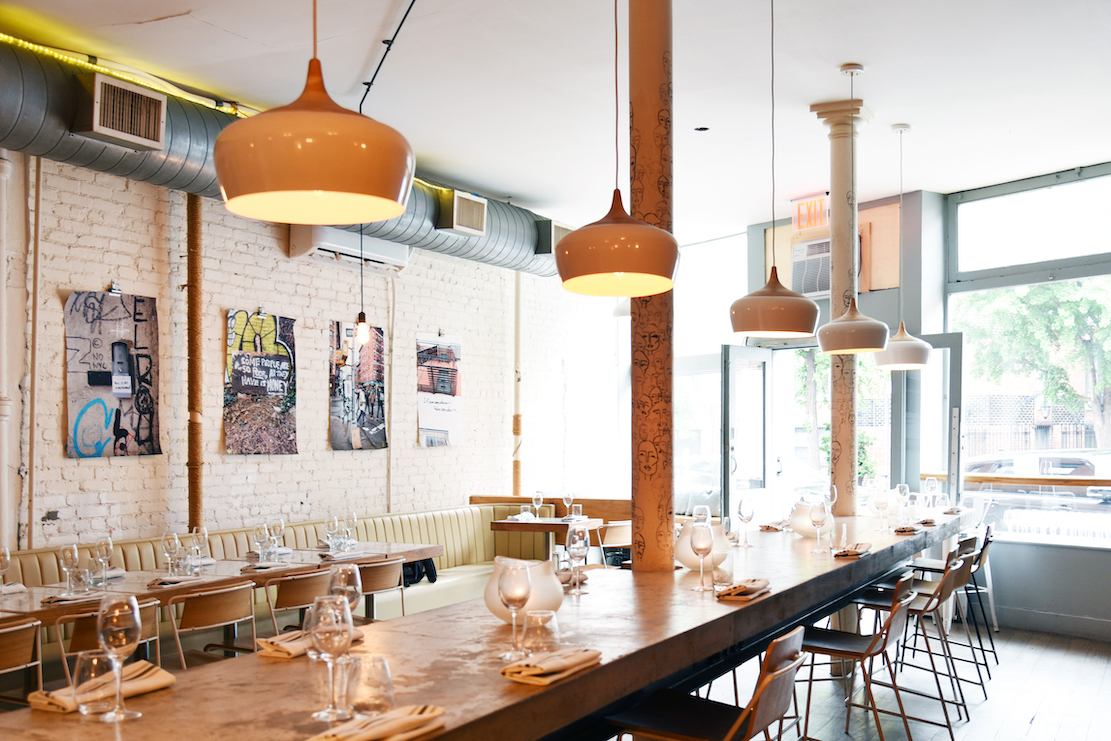
The
name of Vincent Chirico’s new restaurant
doesn’t really tell you what to expect, or just
how exceptional the food will
be. Chirico’s cooking is anything but coarse and
fits no dictionary definitions
of the word, which range from “inferior” to
“common” to “rough.” Indeed, it is
very superior cuisine, certainly not common
around town and assuredly refined.
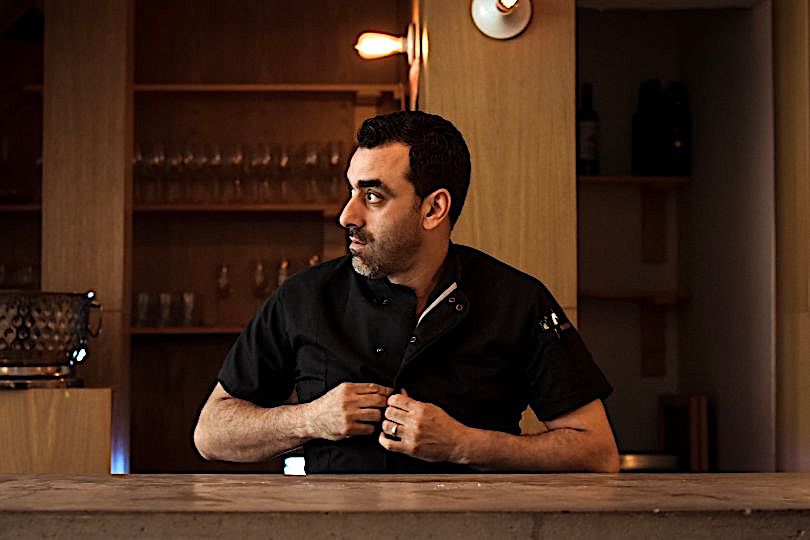 At least
the new name is better than the
original one—Raw New York—which seemed pretty
straightforward, even though the
menu was not all raw food, although Chirico (left) often
did little more than slicing
and dicing. An expensive sign change to Coarse NYC
hasn’t really made things
all that much clearer.
At least
the new name is better than the
original one—Raw New York—which seemed pretty
straightforward, even though the
menu was not all raw food, although Chirico (left) often
did little more than slicing
and dicing. An expensive sign change to Coarse NYC
hasn’t really made things
all that much clearer.
Nevertheless, the well-priced
$99 tasting menu
is clearly an attraction, served at a judicious
pace within a room that does in
fact have some deliberately rough edges, with an
open kitchen,  exposed
water
pipes, rough white brick walls, unfinished wood, a
long polished communal
table, word-and-image abstract art and pillars
with sketchy drawings of bald
heads. What is unfortunately very
coarse about Coarse is its noise level, loud
enough when the place is full of
people but intensified by an indistinguishable
play list of throbbing drums and
bass lines. It’s annoying when you sit down and
becomes more uncomfortable as
the night progresses.
exposed
water
pipes, rough white brick walls, unfinished wood, a
long polished communal
table, word-and-image abstract art and pillars
with sketchy drawings of bald
heads. What is unfortunately very
coarse about Coarse is its noise level, loud
enough when the place is full of
people but intensified by an indistinguishable
play list of throbbing drums and
bass lines. It’s annoying when you sit down and
becomes more uncomfortable as
the night progresses.
As noted, Chirico’s cuisine is
highly refined
and thoroughly personal, certainly with some raw
elements but more likely
quickly or barely cooked, so he delivers disparate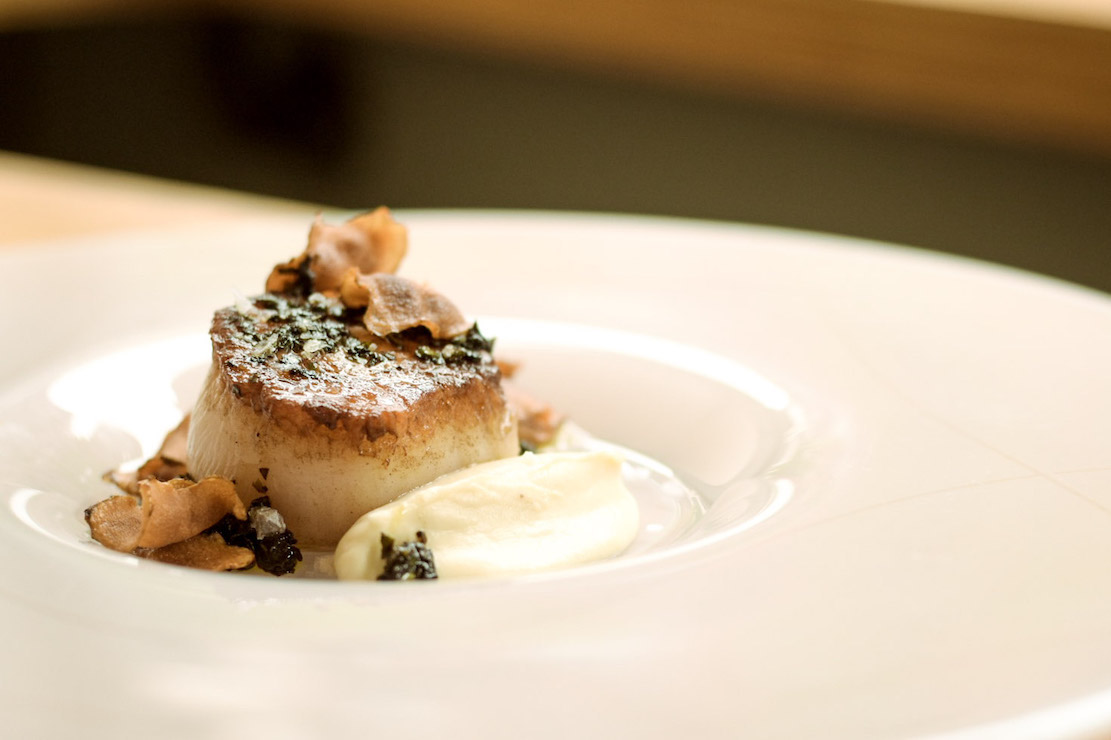 tastes by balancing
flavors
that are predominantly Asian. During the evening
he or the kitchen staff will
deliver your plates and describe what you’re
having.
tastes by balancing
flavors
that are predominantly Asian. During the evening
he or the kitchen staff will
deliver your plates and describe what you’re
having.
My
wife and I began the dinner
with lustrous hamachi with tender lily bulbs, Thai basil,
daikon radish and a preserved
ginger sauce made from rice wine vinegar, mirin,
lime and shisho—a real spark to the appetite.
Next came a single sea
scallop (left),
almost translucent, with a mousse of sunchoke and
black garlic pounded
into a pesto and crisp sunchoke.
Chirico quickly marinates
tuna in subtly flavorful white soy, then just as
quickly sears it tataki style,
dusted with aleppo pepper,
fresh coriander and crunchy sea salt, then
finishes it with a brown butter
laced with white soy and lemon for an acid
bite.
Moving
westward, though
containing buna
shimejji
mushrooms, was ravioli filled with creamy burrata. Then came a near classic
dish of duck with
sweet corn and
hazelnuts, water spinach, a reduced Port wine
sauce and a pungent-sweet black
pepper honey sauce (right). The last white asparagus
of summer were served with chopped
shallots and a white truffle dressing (rather
bland), celery leaf, manchego
cheese and (even blander) summer truffle.
At this point there was a
delightful cheese course of Gorgonzola dolce
with caramelized raw sugar, an olive oil
gelato and aged balsamic—good, though the gelato detracted from the already
very creamy cheese. A
grapefruit granité with yogurt and white
chocolate was delicious, and a
little pot of almond crème sealed the deal, along
with sea salt chocolates.
Appropriate wines are served
with each course, all included for the remarkable
$99 for a meal that is rare
in New York and rarer still at this price.
(There’s also a $69 three-course
dinner menu and a $49 lunch.)
Whatever
the name Coarse is
supposed to convey, Chirico might as well call it
Oilcloth. Or the No Name
restaurant, or anything else. It’s
the uniquely refined food that counts and will be
the draw when the word gets
out.
Dinner is served Tues.-Sat.
By John Mariani
SOUTH AUSTRALIA'S HICKINBOTHAM WINES

South
Australia has
been the continent’s largest wine producer for
decades, with plantings of its
signature grape, Shiraz, dating back at least to
the 1860s. The Barossa Valley,
with more than 140 producers, had Silesian
immigrants planting Riesling there
in the 19th century, and today the huge Penfolds
company (now owned by the
global giant Treasury Wine) makes some of the
world’s most expensive and
respected Australian wines.
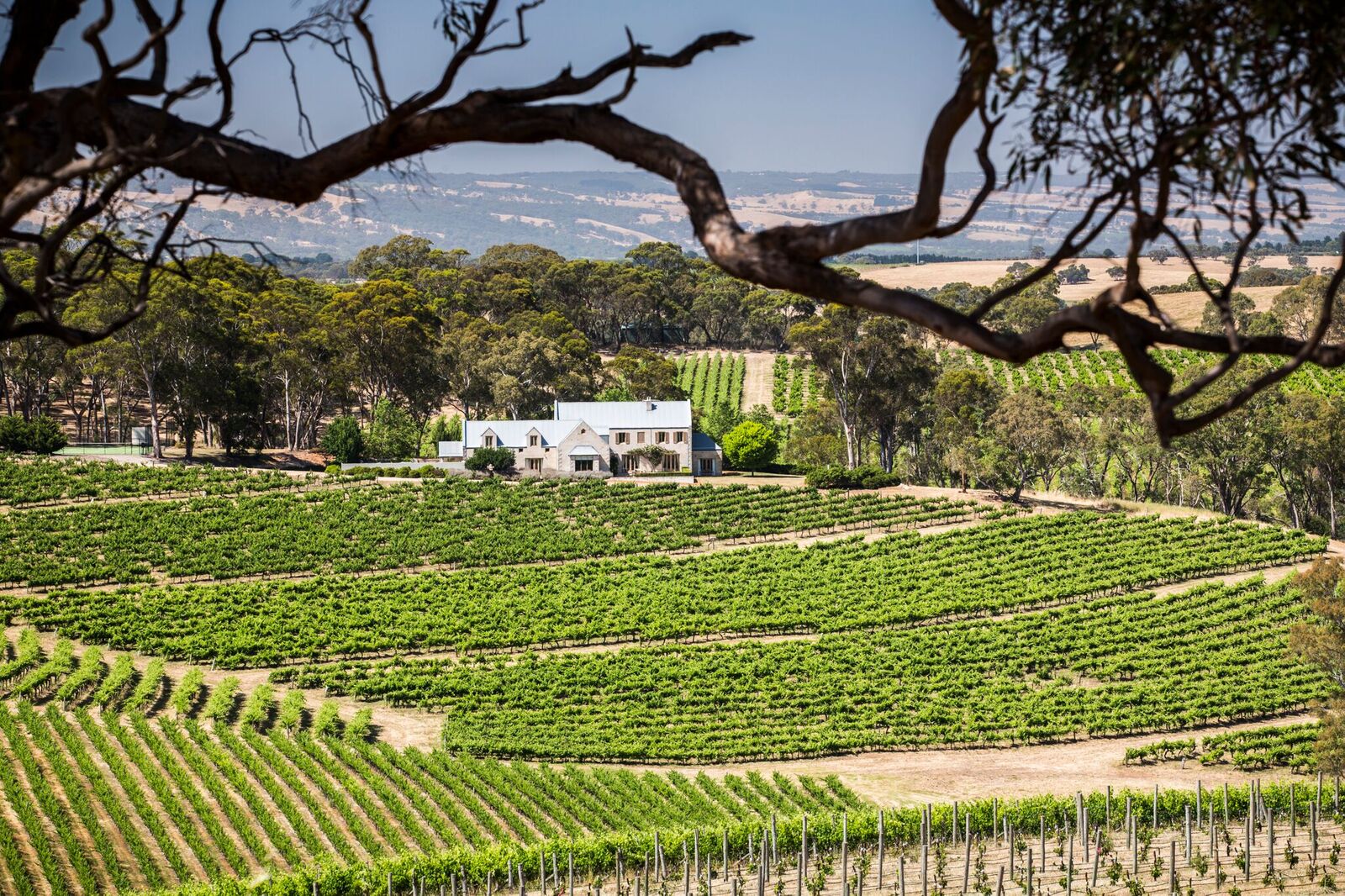 The McLaren Vale,
with more than 125 wineries, may be less familiar
to those who love Aussie
wine, but it has become known for its big, brawny,
high alcohol wines that
sometimes exceed 15.5% alcohol. In 2012,
California’s own major global wine
company, Jackson, bought Hickinbotham McLaren Vale
winery (left)
to expand its
holdings in the Pacific Rim, appointing
Christopher Carpenter as winemaker to
produce Bordeaux varietals at the estate, which
was founded in 1971.
The McLaren Vale,
with more than 125 wineries, may be less familiar
to those who love Aussie
wine, but it has become known for its big, brawny,
high alcohol wines that
sometimes exceed 15.5% alcohol. In 2012,
California’s own major global wine
company, Jackson, bought Hickinbotham McLaren Vale
winery (left)
to expand its
holdings in the Pacific Rim, appointing
Christopher Carpenter as winemaker to
produce Bordeaux varietals at the estate, which
was founded in 1971.
Hickinbotham’s
Clarendon Vineyard covers a steep
cut of territory from the ridgetops above the
village of Clarendon to the
Onkaparinga River in the gorge below. The original
vineyard dates back to 1858
under the stewardship of Edward John Peake, who
went on to export wine to
Calcutta, Java, New Zealand, even
England. In the next century wine educator
Alan Hickinbotham Jr. of
Roseworthy Agricultural College, bought the Peake
estate for $54,000, in time
expanding the acreage and later selling grapes to
Penfolds and other
wineries. Alan’s
son David launched
the Clarendon Hills Hickinbotham Vineyard in 2000,
selling it to the Jackson
family in January 2012.
Chris
Carpenter, who is also winemaker for
Jackson’s Cardinale, Lokoya, La Jota and Mt. Brave
estates, has since been
visiting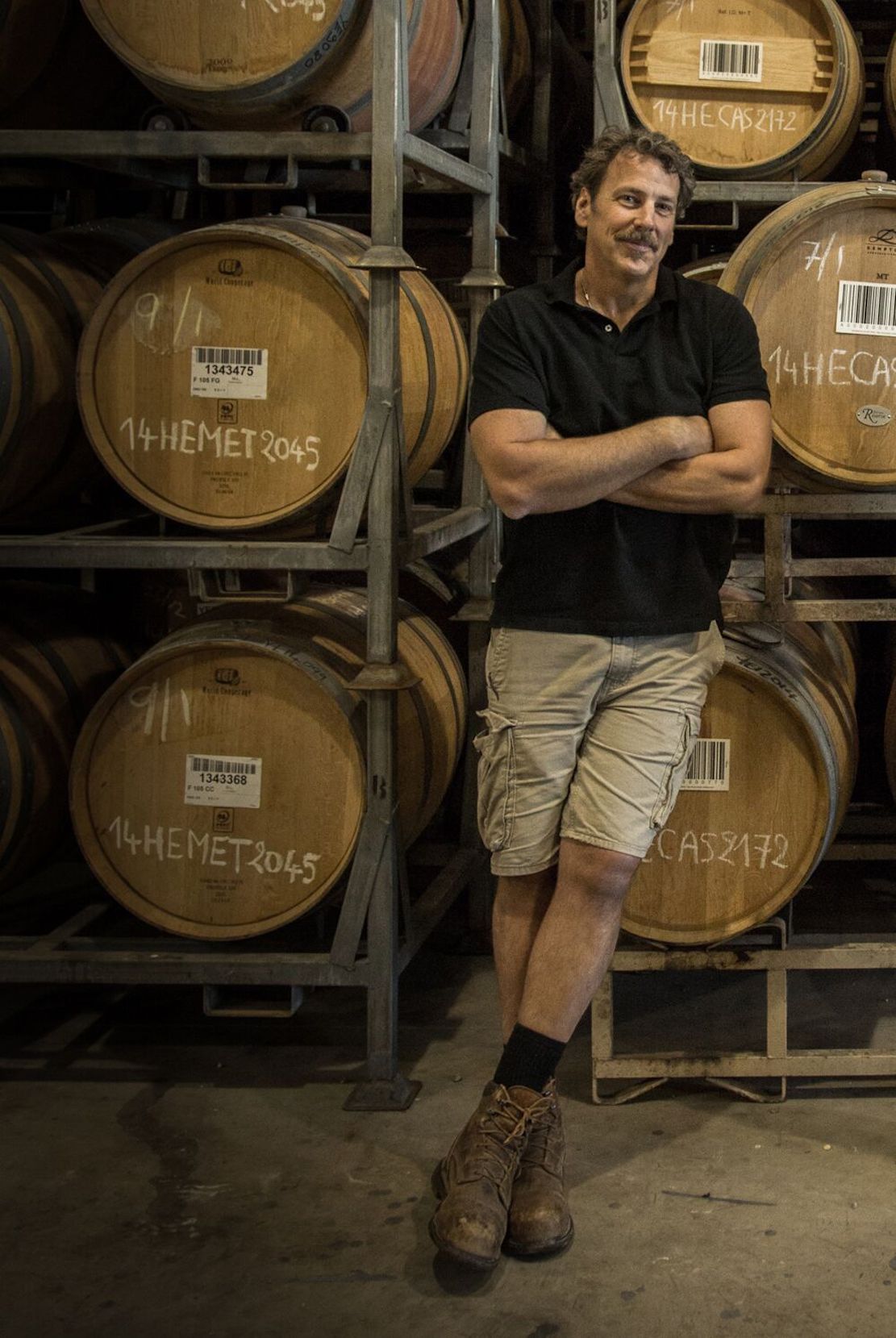 South
Australia frequently to oversee new plantings,
harvesting and
production, and his Cabernet Sauvignons in
particular have won wide acclaim. Over dinner at a
French bistro in New York,
Carpenter, who once played Big Ten football and
looks like a cross between
songwriter Jim Croce and western actor Sam Elliot,
told of how he’d earned his
M.A. degree in biology from the U. of Illinois,
where he often played trombone
in bar bands. But during a visit to Napa Valley,
he fell in love with the
territory and signed up to study at UC Davis,
garnering an M.A. in both
viticulture and oenology, then furthering his
studies at Tenute Antinori, Santa
Cristina Estate in Tuscany. He joined Jackson’s
winemaking team at Cardinale in
1998, adding Jackson’s other wineries to his
portfolio.
South
Australia frequently to oversee new plantings,
harvesting and
production, and his Cabernet Sauvignons in
particular have won wide acclaim. Over dinner at a
French bistro in New York,
Carpenter, who once played Big Ten football and
looks like a cross between
songwriter Jim Croce and western actor Sam Elliot,
told of how he’d earned his
M.A. degree in biology from the U. of Illinois,
where he often played trombone
in bar bands. But during a visit to Napa Valley,
he fell in love with the
territory and signed up to study at UC Davis,
garnering an M.A. in both
viticulture and oenology, then furthering his
studies at Tenute Antinori, Santa
Cristina Estate in Tuscany. He joined Jackson’s
winemaking team at Cardinale in
1998, adding Jackson’s other wineries to his
portfolio.
Not wanting to show up as an
American
interloper in Australia, Carpenter sought to gain
as much knowledge about the
terroir of individual parcels as possible and to
plant accordingly, with the
help of local winemakers. “Water is a big problem
in Australia,” he told me. “It
comes almost entirely from rainfall, with
agriculture using the most water, and
since 2002 there have been real problems with
drought, and we have to work
within restrictions.” (Australia's long-term
annual average rainfall, 18.6 inches, is the
lowest of all the continents
except Antarctica.)
Still, red grapes grow well in
McLaren Vale,
which is cooler than other terroirs, and its
Shiraz wines rank with the best
from France’s Rhône Valley. Hickinbotham’s own Brooks Road Shiraz 2016 is from a
cooler region.
The time on the skins, after cold
soaking, was a minimum of 18 days, then the juice
was free run and separately,
gently pressed. Unlike most Rhône Syrahs, which
are a blend with other
varietals, Hickinbotham’s is 100% Shiraz, yet, at
14.5% alcohol, it avoids
being inky or too tannic, and showing abundant
fruit.
The Revivalist
Merlot 2016 ($75) comes from hand-picked
grapes, with 21 days of skin time,
then racking over the next 15 months, emerging
with a balanced 14% alcohol that
keeps it from becoming overly fruity or cloying.
The soil is iron rich and
clay, imparting its minerality. There’s a good
deal of finesse that does indeed
remind me of a Bordeaux Pomerol like Château de
Sales or Château Clinet. Only
748 cases were made, so this is a fine Merlot at a
fair price, already sold out
in Australia.
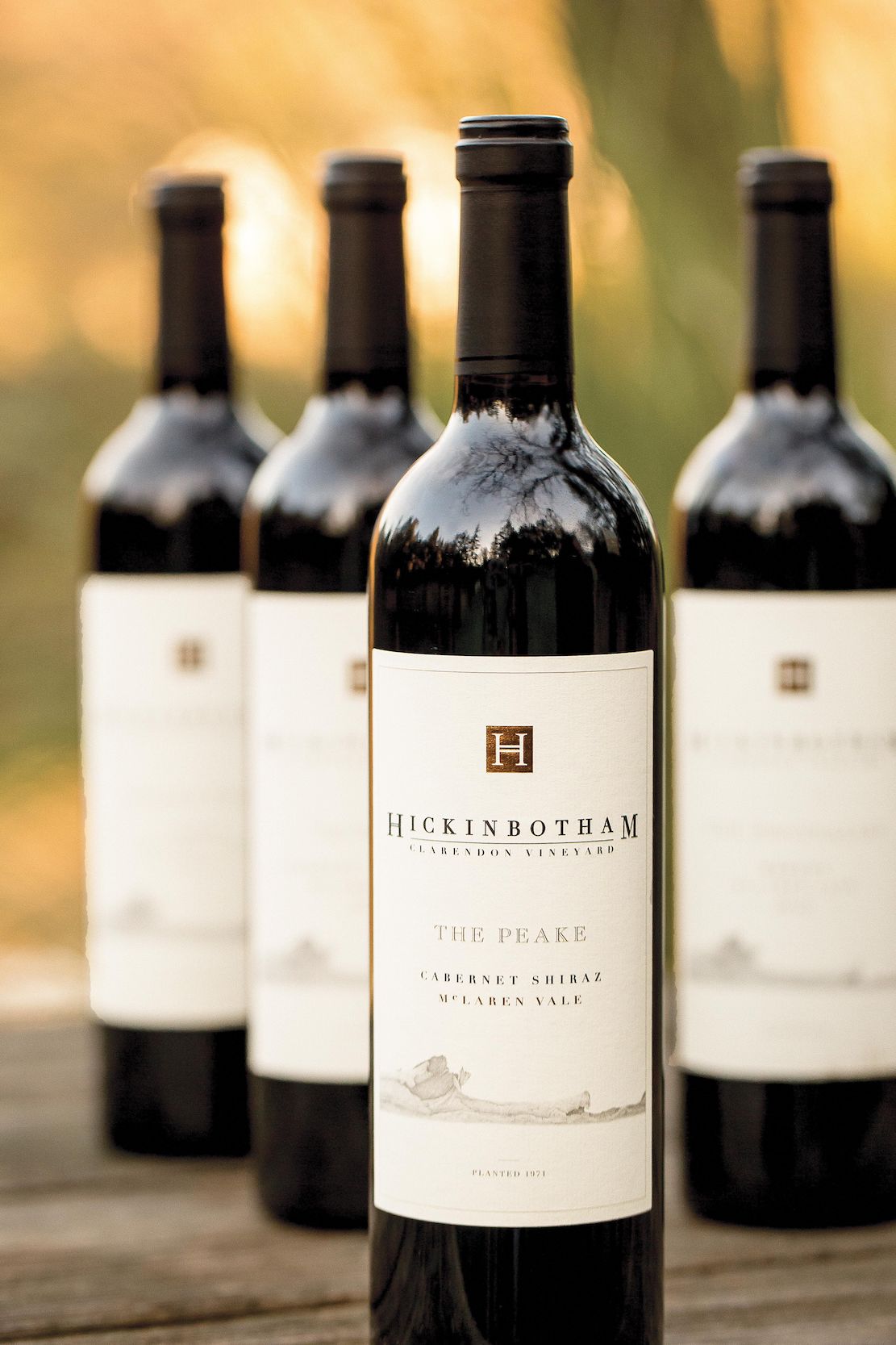 Carpenter
describes
his Trueman
2016 ($75) as “the
most homogenised, smoothly-assimilated Cabernet in
recent years from
Hickinbotham, reminiscent of those made by Stephen
Hickinbotham in the early
'eighties. While its aromas of bergamot and
blueberry have yet to lock in and
settle, the palate's already there: fine, fresh
and strapping. It's an elegant,
savoury wine now, but will smooth out and flesh up
to memorable opulence with a
decade or two in the cellar.” Spending 15 months
in a
mixture of fine-grained Bordeaux-coopered barrels,
the tannins of this 100%
Cabernet Sauvignon have softened, and there is
abundant acidity that keeps it
fresh, with just 14% alcohol as ballast. Carpenter
recommends aging, but it is
rewarding to try it right now as an example of
what he’s accomplished in a
short period of time with this varietal.
Carpenter
describes
his Trueman
2016 ($75) as “the
most homogenised, smoothly-assimilated Cabernet in
recent years from
Hickinbotham, reminiscent of those made by Stephen
Hickinbotham in the early
'eighties. While its aromas of bergamot and
blueberry have yet to lock in and
settle, the palate's already there: fine, fresh
and strapping. It's an elegant,
savoury wine now, but will smooth out and flesh up
to memorable opulence with a
decade or two in the cellar.” Spending 15 months
in a
mixture of fine-grained Bordeaux-coopered barrels,
the tannins of this 100%
Cabernet Sauvignon have softened, and there is
abundant acidity that keeps it
fresh, with just 14% alcohol as ballast. Carpenter
recommends aging, but it is
rewarding to try it right now as an example of
what he’s accomplished in a
short period of time with this varietal.
The Peake
2016 is, as is obvious from the price of
$150, Hickinbotham’s top of the
line bottling, using Cabernet (56%) with Shiraz
(44%) blended in, rather than
Merlot, a mix not unknown in Australia, where it
has been done since
pre-phylloxera days (the scourge arrived in 1877).
With winemaker Charlie Seppelt and
Viticulturer Michael Lane,
Carpenter worked with vines dating to 1971 in high
country (720-755 feet). Both varietals were left on
the skins
for a minimum eighteen days, resulting in an
alcohol level of 14.5%, skirting
the higher levels of so many unbalanced Australian
red wines. It was indeed a
beautiful wine, though still quite tannic—it went
very well with a steak au poivre
and rack of lamb—and Carpenter
insisted it’s a wine that will improve over many
years.
When I asked how many people
are going to spend
$150 for an Aussie Cab, he answered, “I make my
wine for connoisseurs who can
afford it and have huge cellars where they can
store the vintages.” When I winced
at the remark, he quickly explained that his other
wines are very fairly priced
for all wine lovers.
The
next day I checked the price on Penfolds
Grange Bin 95, which sells for
$550, and realized why Carpenter was
confident of what he said and what
he’s gunning for.
Time in the
bottle will tell if he’s right.
❖❖❖
AND AFTER THEY
ANNOUNCED THE WINNER,
THEY FRIED
THE COOK
Among the winners of the Food
Finalists for the 2019 State Fair of Texas are: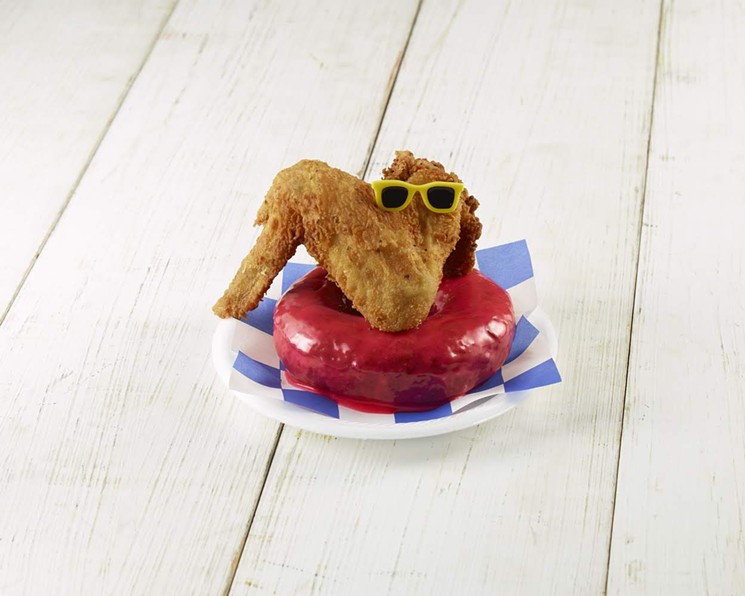
-Fermie’s fried burnt end burrito
-Ruth’s stuffed fried Mexi-Cone
-Southern Fried Chicken Fettuccine
Alfredo Ball
-Deep-fried cream cone casserole
fritters
-Deep-fried chicken wing on top of
a Big Red glazed doughnut (right)
-Deep-fried bayou fruit bites
-Deep-fired mango with citrus glazed doughnut

SAY
WHAT?
"When Did Drag Brunch
Get So Normie? Historically, drag has thrived in
queer, underground nightclubs. And then brunch brought
it to light."--by ,
Any of John Mariani's books below may be ordered from amazon.com.
 The Hound in Heaven
(21st Century Lion Books) is a novella, and
for anyone who loves dogs, Christmas, romance,
inspiration, even the supernatural, I hope you'll find
this to be a treasured favorite. The story
concerns how, after a New England teacher, his wife and
their two daughters adopt a stray puppy found in their
barn in northern Maine, their lives seem full of promise.
But when tragedy strikes, their wonderful dog Lazarus and
the spirit of Christmas are the only things that may bring
his master back from the edge of despair.
The Hound in Heaven
(21st Century Lion Books) is a novella, and
for anyone who loves dogs, Christmas, romance,
inspiration, even the supernatural, I hope you'll find
this to be a treasured favorite. The story
concerns how, after a New England teacher, his wife and
their two daughters adopt a stray puppy found in their
barn in northern Maine, their lives seem full of promise.
But when tragedy strikes, their wonderful dog Lazarus and
the spirit of Christmas are the only things that may bring
his master back from the edge of despair. WATCH THE VIDEO!
“What a huge surprise turn this story took! I was completely stunned! I truly enjoyed this book and its message.” – Actress Ali MacGraw
“He had me at Page One. The amount of heart, human insight, soul searching, and deft literary strength that John Mariani pours into this airtight novella is vertigo-inducing. Perhaps ‘wow’ would be the best comment.” – James Dalessandro, author of Bohemian Heart and 1906.
“John Mariani’s Hound in Heaven starts with a well-painted portrayal of an American family, along with the requisite dog. A surprise event flips the action of the novel and captures us for a voyage leading to a hopeful and heart-warming message. A page turning, one sitting read, it’s the perfect antidote for the winter and promotion of holiday celebration.” – Ann Pearlman, author of The Christmas Cookie Club and A Gift for my Sister.
“John Mariani’s concise, achingly beautiful novella pulls a literary rabbit out of a hat – a mash-up of the cosmic and the intimate, the tragic and the heart-warming – a Christmas tale for all ages, and all faiths. Read it to your children, read it to yourself… but read it. Early and often. Highly recommended.” – Jay Bonansinga, New York Times bestselling author of Pinkerton’s War, The Sinking of The Eastland, and The Walking Dead: The Road To Woodbury.
“Amazing things happen when you open your heart to an animal. The Hound in Heaven delivers a powerful story of healing that is forged in the spiritual relationship between a man and his best friend. The book brings a message of hope that can enrich our images of family, love, and loss.” – Dr. Barbara Royal, author of The Royal Treatment.
 |
The Encyclopedia of American Food and Drink by John F. Mariani (Bloomsbury USA, $35) Modesty forbids me to praise my own new book, but let me proudly say that it is an extensive revision of the 4th edition that appeared more than a decade ago, before locavores, molecular cuisine, modernist cuisine, the Food Network and so much more, now included. Word origins have been completely updated, as have per capita consumption and production stats. Most important, for the first time since publication in the 1980s, the book includes more than 100 biographies of Americans who have changed the way we cook, eat and drink -- from Fannie Farmer and Julia Child to Robert Mondavi and Thomas Keller. "This book is amazing! It has entries for everything from `abalone' to `zwieback,' plus more than 500 recipes for classic American dishes and drinks."--Devra First, The Boston Globe. "Much needed in any kitchen library."--Bon Appetit. |
"Eating Italian will never be the same after reading John Mariani's entertaining and savory gastronomical history of the cuisine of Italy and how it won over appetites worldwide. . . . This book is such a tasteful narrative that it will literally make you hungry for Italian food and arouse your appetite for gastronomical history."--Don Oldenburg, USA Today. "Italian
restaurants--some good, some glitzy--far
outnumber their French rivals. Many of
these establishments are zestfully described
in How Italian Food Conquered the World, an
entertaining and fact-filled chronicle by
food-and-wine correspondent John F.
Mariani."--Aram Bakshian Jr., Wall Street
Journal.
"Equal parts
history, sociology, gastronomy, and just
plain fun, How Italian Food Conquered the
World tells the captivating and delicious
story of the (let's face it) everybody's
favorite cuisine with clarity, verve and
more than one surprise."--Colman Andrews,
editorial director of The Daily
Meal.com. "A fantastic and fascinating
read, covering everything from the influence
of Venice's spice trade to the impact of
Italian immigrants in America and the
evolution of alta cucina. This book will
serve as a terrific resource to anyone
interested in the real story of Italian
food."--Mary Ann Esposito, host of PBS-TV's
Ciao
Italia. "John Mariani has written the
definitive history of how Italians won their
way into our hearts, minds, and
stomachs. It's a story of pleasure over
pomp and taste over technique."--Danny Meyer,
owner of NYC restaurants Union Square
Cafe, The Modern, and Maialino.
|
 |
 |
 |
 |
 |
 |
 |
 |
 Everett Potter's Travel Report:
Everett Potter's Travel Report: 
 Eating Las Vegas
JOHN CURTAS has been covering the Las Vegas
food and restaurant scene since 1995. He is
the co-author of EATING LAS VEGAS – The 50
Essential Restaurants (as well as
the author of the Eating Las Vegas web site: www.eatinglasvegas.
He can also be seen every Friday morning as
the “resident foodie” for Wake Up With the
Wagners on KSNV TV (NBC) Channel 3 in
Las Vegas.
Eating Las Vegas
JOHN CURTAS has been covering the Las Vegas
food and restaurant scene since 1995. He is
the co-author of EATING LAS VEGAS – The 50
Essential Restaurants (as well as
the author of the Eating Las Vegas web site: www.eatinglasvegas.
He can also be seen every Friday morning as
the “resident foodie” for Wake Up With the
Wagners on KSNV TV (NBC) Channel 3 in
Las Vegas.
MARIANI'S VIRTUAL GOURMET
NEWSLETTER is published weekly. Publisher: John Mariani. Editor: Walter Bagley. Contributing Writers: Christopher Mariani,
Robert Mariani, Misha Mariani, John A. Curtas, Gerry Dawes, Geoff Kalish,
and Brian Freedman. Contributing
Photographer: Galina Dargery. Technical
Advisor: Gerry
McLoughlin.
If you wish to subscribe to this
newsletter, please click here: http://www.johnmariani.com/subscribe/index.html
© copyright John Mariani 2019

